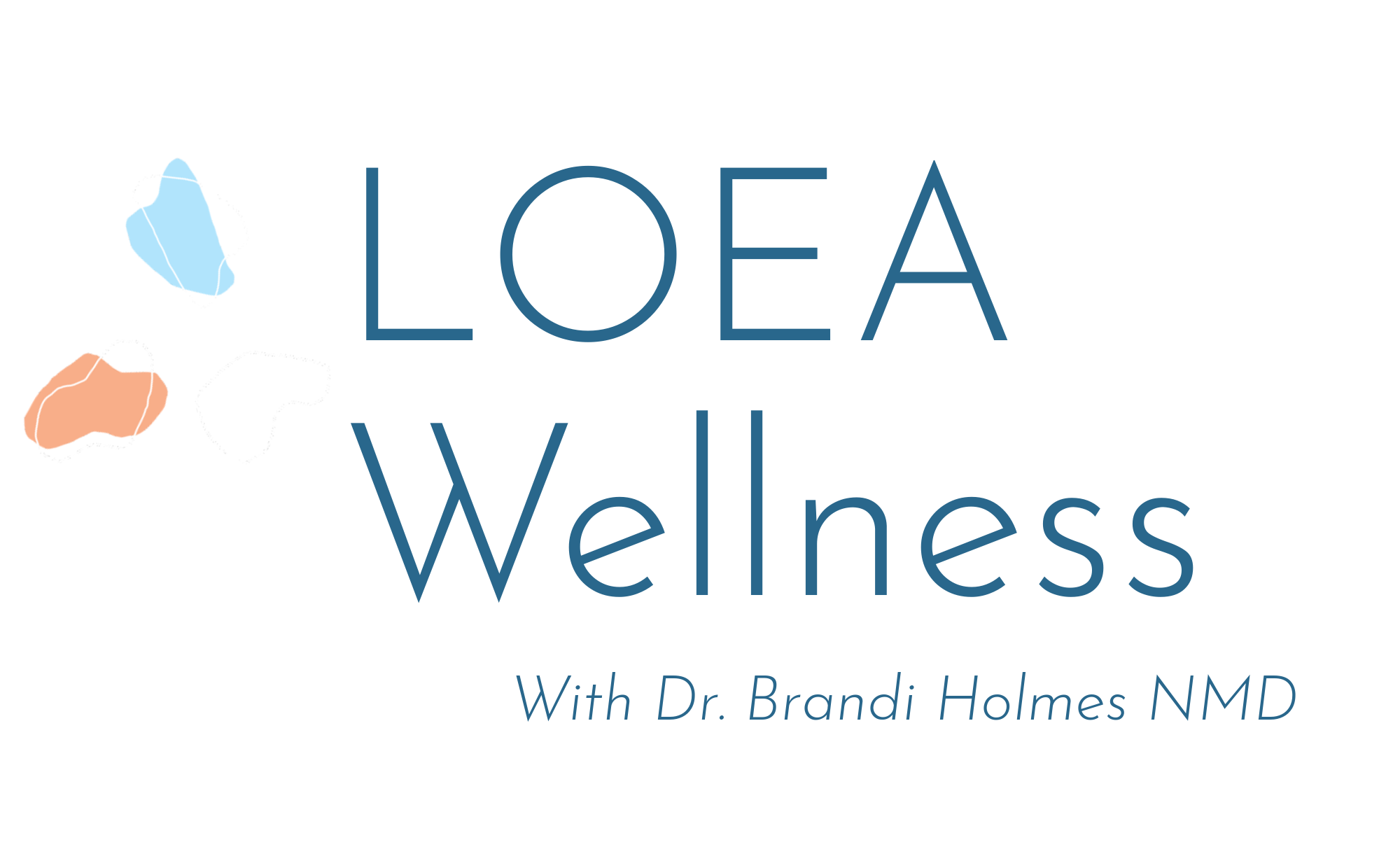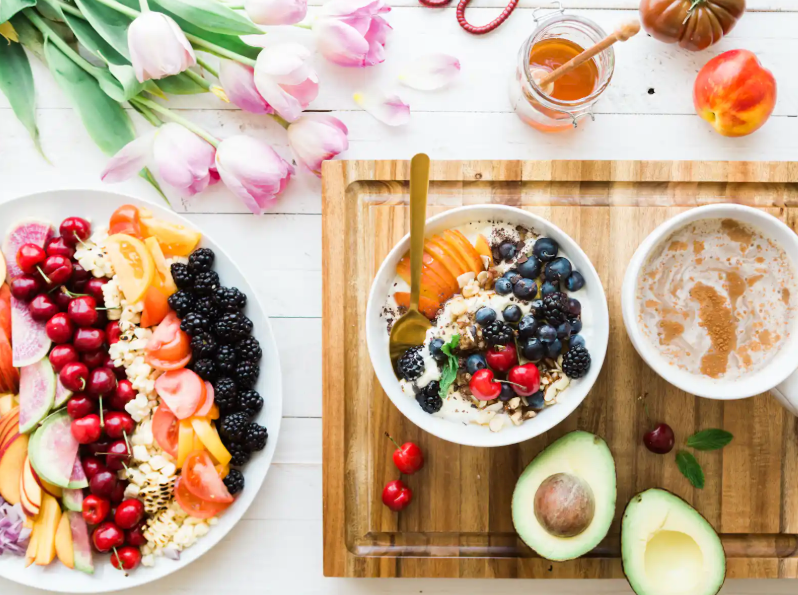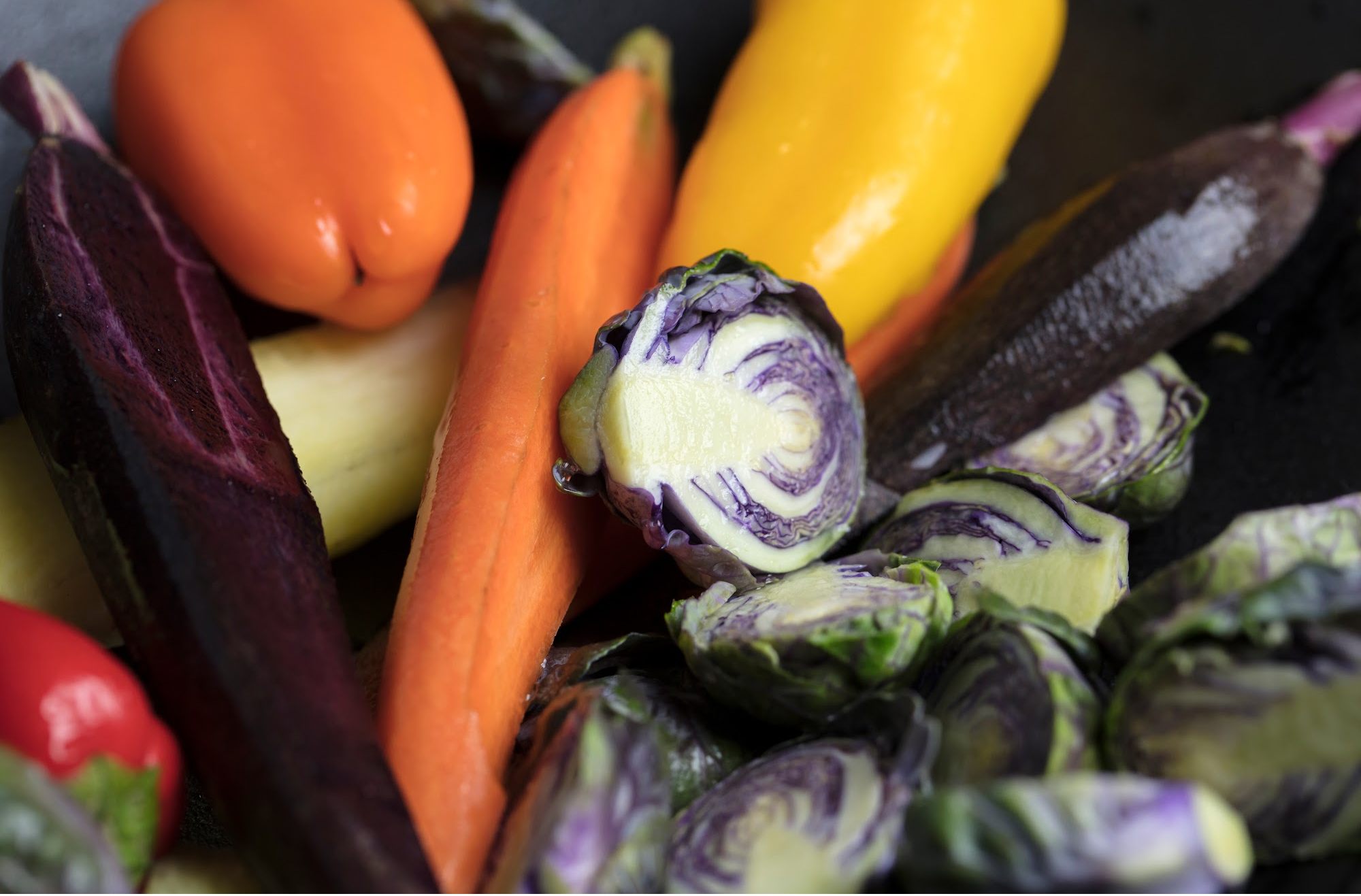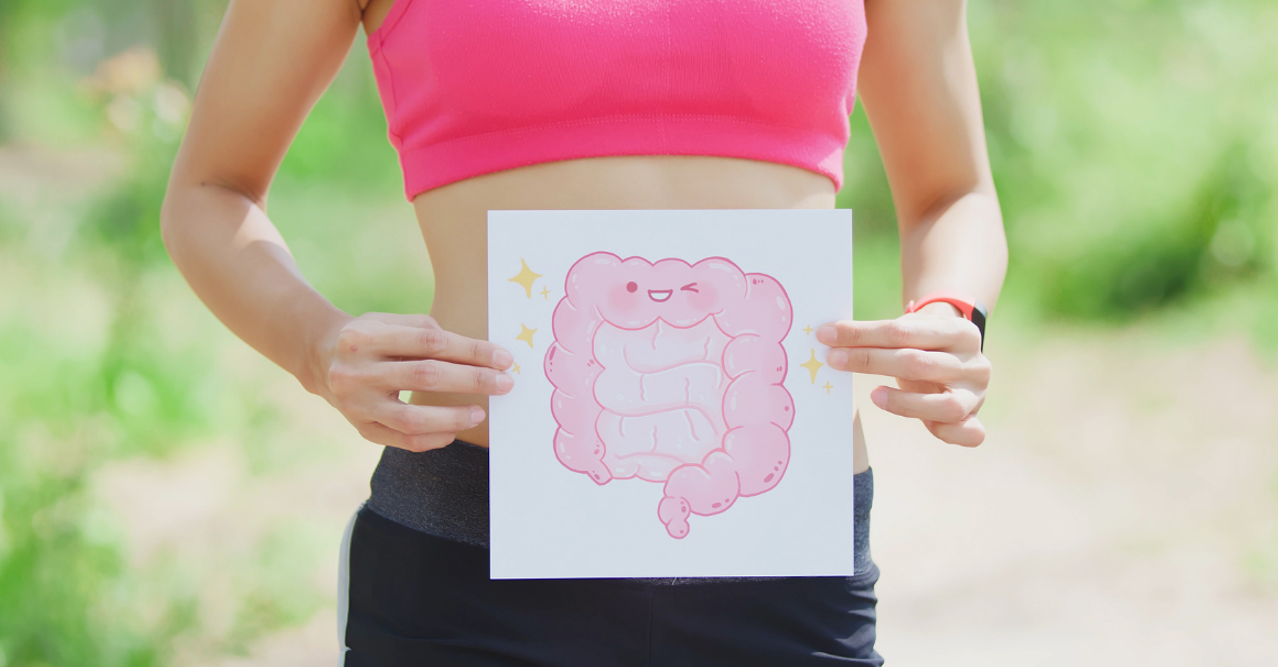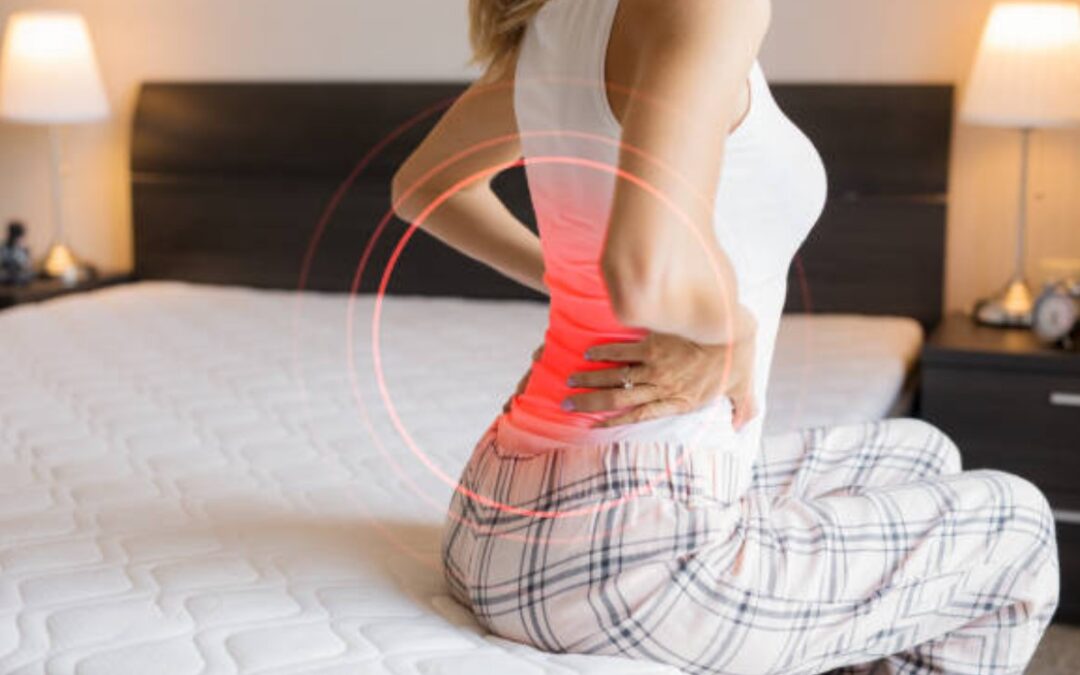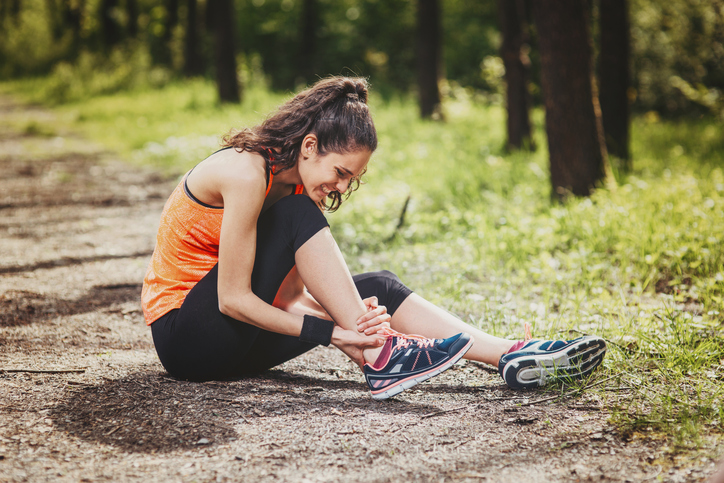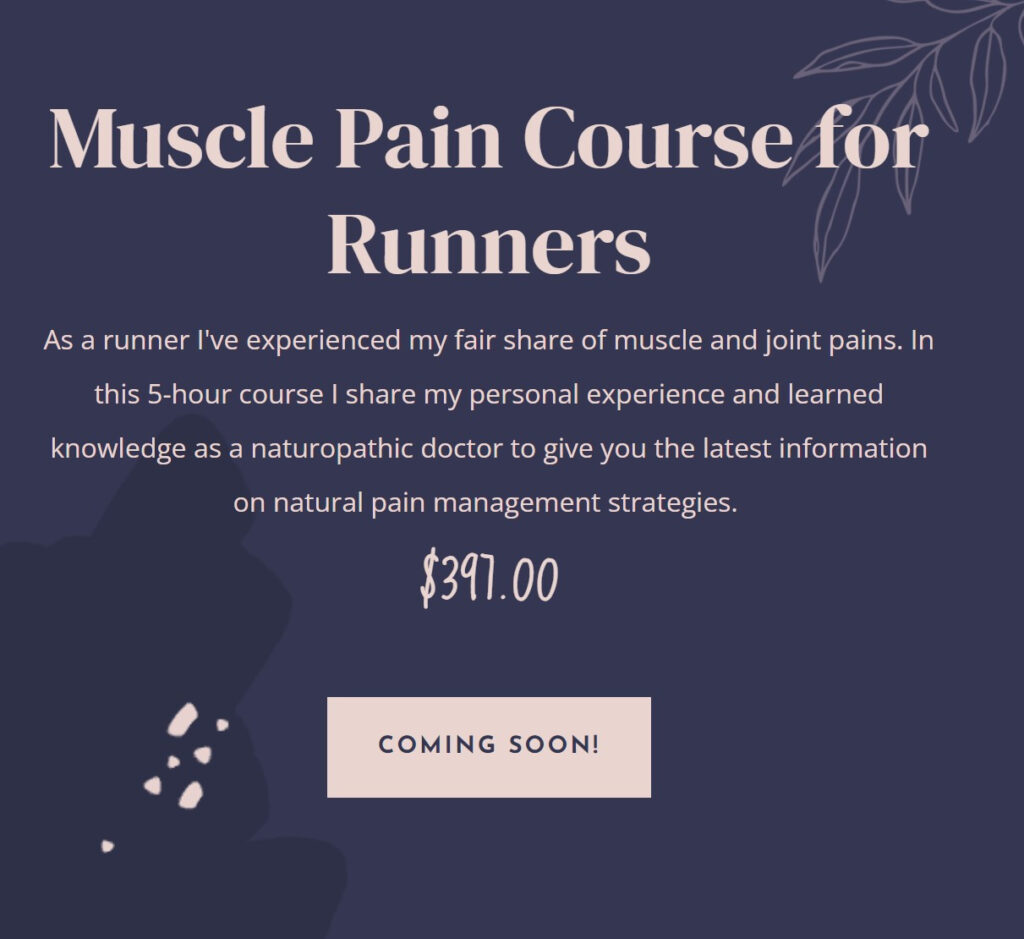
Athlete Gut Check: How Bloating and Digestive Issues Sabotage Your Performance (and How to Fix It)

Athlete Gut Check:
How Bloating and Digestive Issues Sabotage Your Performance (and How to Fix It)
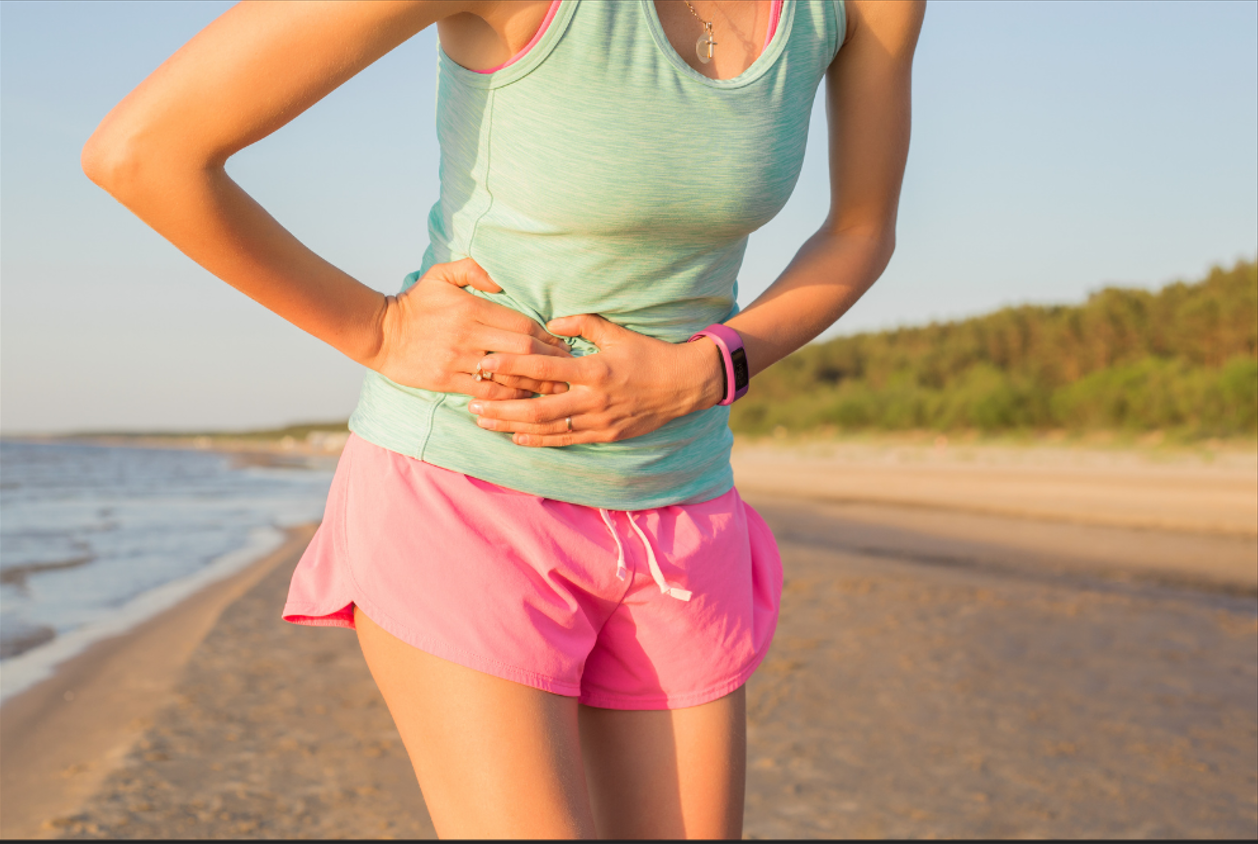
You train hard. You hydrate. You stretch. You fuel your body with what you think is the right nutrition… and yet, your gut has other plans.
Cue the bloating, the mid-run cramps, or that “uh-oh” feeling right before a big lift. Not exactly the kind of performance edge we’re going for, right?
Digestive issues are more common in athletes than you may think, and they’re not just inconvenient, they can directly impact performance, recovery, and even motivation. Let’s break down the signs, why they happen, and how you can keep your gut in the game.
The Sneaky Signs of Digestive Imbalance
Athletes often chalk these up to “just part of training,” but persistent gut symptoms can be a red flag:
- Bloating & gas – especially after meals or during training.
- Irregularity – constipation, diarrhea, or bouncing between the two.
- Cramping & abdominal pain – usually striking mid-workout (hello, side stitch or runner’s gut).
- Reflux or heartburn – that fiery reminder in your chest post-training or post-protein shake.
- Urgency – the real race is sometimes to the restroom (cyclists and runners know this all too well).

Why These Gut Grumbles Happen (and What They Feel Like)
Your gut isn’t just sitting there while you train, it’s working overtime. When things go off balance, the results can range from annoying to performance-crushing. Let’s break it down:
1.) Leaky Gut Under Pressure
-
- What happens: During intense exercise your body redirects blood flow away from digestion to power your muscles. Less blood = less oxygen for the gut lining. Over time, this can increase intestinal permeability (“leaky gut”), letting toxins and partially digested food slip through.
- What it feels like: Bloating, cramping, gas, diarrhea, or nausea mid- or post-workout. Sometimes even unexplained fatigue.
- Performance impact: Nutrients leak out instead of being absorbed → less energy, slower recovery, more inflammation.
2.) Meal Timing Gone Wrong
-
- What happens: High-fiber, high-fat, or large meals eaten right before training slow digestion. When you start moving, your stomach is still busy breaking things down, and it doesn’t like multitasking.
- What it feels like: Side stitches, reflux, or that dreaded heavy, sloshy stomach.
- Performance impact: Energy shifts to digestion instead of movement, leaving you sluggish and uncomfortable.
3.) Dehydration & Electrolyte Shifts
-
- What happens: Sweat doesn’t just cost you water, it costs sodium, potassium, and magnesium. Without them, your gut muscles (yep, your intestines are muscles too!) can’t contract smoothly.
- What it feels like: Constipation if things slow down… or diarrhea if the gut overreacts. Add in abdominal cramping, dizziness, and fatigue.
- Performance impact: Poor hydration messes with muscle function everywhere, leading to cramps, slowed pace, and higher risk of injury.
4.) Hormone Curveballs
-
- What happens: Estrogen and progesterone fluctuate throughout the menstrual cycle, changing gut motility (how quickly food moves through). Progesterone can slow things down, while drops in hormones before your period can speed things up.
- What it feels like: Luteal phase (week before period) = constipation, bloating, gas. Early menstrual phase = diarrhea or urgency.
- Performance impact: GI distress stacked on top of PMS fatigue can tank training consistency and confidence.
5.) Microbiome Drama
-
- What happens: Your gut microbiome (the trillions of microbes that digest food and keep your immune system strong) is sensitive to stress, antibiotics, poor diet, or even overtraining. Reduced diversity = less resilience.
- What it feels like: Food intolerances, unpredictable bowels, immune dips (getting sick more often).
- Performance impact: If your microbiome isn’t extracting nutrients efficiently, your muscles aren’t refueling properly → lower endurance, slower strength gains, and longer recovery times
Other Honorable Mentions:
- Inflammation Overload – A stressed gut can increase systemic inflammation, slowing recovery.
- Mental Edge – Constant discomfort or bathroom anxiety affects focus and confidence.
Your Gut Checklist
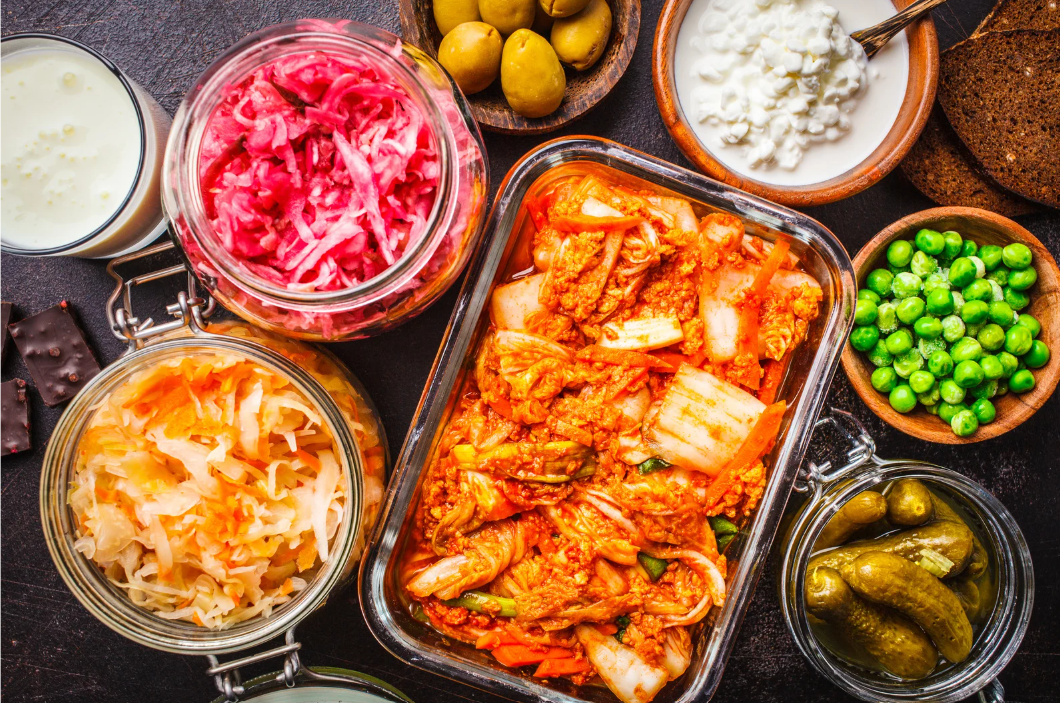
Alright, so we’ve covered the why and the what, but now comes the good part: how we fix it.
The truth is, your gut doesn’t have to be your workout’s biggest rival. With a few simple tweaks (and some science-backed strategies), you can go from “bloat and cramp central” to feeling light, fueled, and ready to crush it.
Here’s your playbook for keeping digestion smooth, energy high, and performance on point.
[ ] Time Your Meals Like a Pro: Don’t sabotage spin class with a burrito
-
- Eat balanced meals (protein + complex carbs + healthy fats) about 2–3 hours before training.
- For quick pre-workout fuel, stick to easy carbs: bananas, rice cakes, or applesauce pouches 30-60 minutes before activity.
- Why it works: Heavy meals too close -> Delayed gastric emptying = bloating + cramps. Timing gives you energy without stomach drama.
- Try: Low-fiber, high-carb meals before training cause fewer GI issues.
[ ] Hydrate Like its Your Job: Because coffee doesn’t count
-
- Don’t wait until you’re thirsty. Aim for half your body weight in ounces daily (e.g., 70 oz for a 140-lb athlete), and add electrolytes (sodium, potassium, magnesium) for sessions lasting >60 minutes.
- Why it Works: Dehydration reduces blood flow to the gut decreasing water, nutrient and mineral delivery to the cells. This could disrupts intestinal contractions, causing cramping or diarrhea and more! Electrolytes keep gut muscles (and skeletal muscles) firing properly.
- Research says: Even 2% dehydration can impair exercise performance and increase GI distress during endurance activity
[ ] Feed Your Gut Squad aka Microbiome: The Tiny But Mighty
-
- Add fermented foods (plain Greek yogurt, kefir, kimchi, sauerkraut, miso) several times a week. Consider a high-quality probiotic supplement if you’re under heavy training stress or have been on antibiotics. Remember to switch probiotic supplements every 3 months to introduce different beneficial bacteria.
- Why it Works: A diverse microbiome helps break down food efficiently, supports the immune system, and reduces inflammation — all key for athletic recovery. Read more about how your microbiome impacts your performance HERE
[ ] Activate “Rest and Digest” Mode: Deep Breaths, not Doomscrolling
-
- Before meals: take 3–5 belly breaths or grounding practices.
- Post-workout: cool down before rushing back into emails or errands.
- Why it works: Stress = tight gut. Relaxation = smooth digestion. Stress diverts energy away from digestion. Parasympathetic activation (deep breathing, mindfulness) restores blood flow and enzyme activity in the gut.
- Research says: Mind-body practices improve gut motility and reduce IBS symptoms.
[ ] Know Your FODMAPs Frenemies: Beans love you…until mile 3
- Keep a food/symptom journal for 2–4 weeks. Note foods that spark bloat (like beans, onions, apples, wheat, dairy). If symptoms are consistent, try a low-FODMAP trial and slowly reintroduce foods to see what works for you.
- Why it Works: High-FODMAP foods are fermented by gut bacteria, producing excess gas and drawing water into the intestines, perfect storm for bloating and urgency during training. High-FODMAP foods = gas + water pulling into intestines = bloating.
- What the experts say: Up to 70% of athletes with GI symptoms improved with a low-FODMAP diet.
[ ] Cycle-Sync Your Nutrition
- During your luteal phase (week before period): up fiber + hydration to prevent constipation. Remember fiber-rich foods examples are (chia seeds, leafy greens, berries)
- During your period: go for easy-to-digest carbs and lean proteins to offset diarrhea or urgency.
- Why it works: Hormones shift gut motility, slow one week, speedy the next.
- Research says: Hormonal swings across the cycle impact gut symptoms.
[ ] Call Your Care Team: Google Can’t Run Labs
- If bloating, cramps, or bathroom emergencies won’t quit, get functional testing for hidden causes (SIBO, stool analysis, food sensitivities).
- Why it works: While lifestyle tweaks help, sometimes underlying conditions (IBS, SIBO, dysbiosis, celiac disease) require targeted interventions.
- Research says: Personalized diagnosis and treatment = better long-term gut outcomes in athletes.
Bottom Line
- Your gut is basically the unsung MVP of your training crew. When it’s cranky, you know it, bloating, cramps, bathroom drama, and suddenly the workout feels ten times harder. But when your digestion is on point? You’ve got steady energy, faster recovery, and the freedom to focus on the workout instead of wondering “was that banana a bad idea?”
Taking care of your gut isn’t just about avoiding discomfort, it’s about making your whole training regimen smoother, steadier, and more fun. Because let’s be real: running, lifting, and sweating should feel strong and empowering, not like you’re racing your stomach.
References
- Costa RJS, Snipe RMJ, Kitic CM, Gibson PR. Systematic review: exercise-induced gastrointestinal syndrome—implications for health and intestinal disease. Aliment Pharmacol Ther. 2017;46(3):246-265. doi:10.1111/apt.1415
- Jeukendrup AE, Killer SC. The myths surrounding pre‐exercise carbohydrate feeding. Ann Nutr Metab. 2010;57(Suppl 2):18-25. doi:10.1159/000322697
- Kane HS, Mazur A, Beaulieu K, et al. Gastrointestinal symptoms across the menstrual cycle in healthy women. Neurogastroenterol Motil. 2018;30(11):e13473. doi:10.1111/nmo.13473
- Barton W, Penney NC, Cronin O, et al. The microbiome of professional athletes differs from that of more sedentary subjects in composition and particularly at the functional metabolic level. Gut. 2018;67(4):625-633. doi:10.1136/gutjnl-2016-313627
- West NP, Horn PL, Pyne DB, et al. Probiotic supplementation for respiratory and gastrointestinal illness symptoms in healthy physically active individuals. Clin Nutr. 2014;33(4):581-587. doi:10.1016/j.clnu.2013.10.002
7 Ways to Keep Your Gut Game Strong
1.) Hydrate Strategically – Drink at least 1/2 your body weight in ounces throughout the day and include electrolytes such a LMNT or add fruit to your water during long training sessions.
2.) Know Your FODMAPs – High-FODMAP foods (onions, beans, certain fruits) may trigger bloating. Test and learn what works for your body.
3.) Time Your Meals – Aim to eat solid meals at least 2–3 hours before workouts. Quick carbs like bananas or rice cakes are better for right before training.
4.) Support Your Microbiome – Add fermented foods (yogurt, kefir, sauerkraut) or consider a quality probiotic .
5.) Cycle-Sync Nutrition – Track how your gut feels across your menstrual cycle; support luteal-phase constipation with extra fiber and hydration.
6.) Stress Less, Digest More – Meditation, breathwork, or even post-training cooldown walks can activate your parasympathetic “rest and digest” mode.
7.) Seek Professional Help – Persistent issues may point to food sensitivities, SIBO, or underlying gut conditions that need individualized care.
